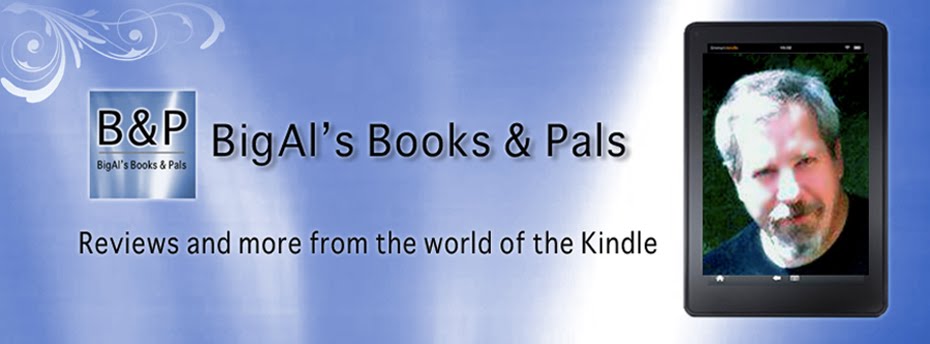Reviewed by: BigAl
Genre: Non-Fiction
Approximate word count: 55-60,000 words
Availability
Click
on a YES above to go to appropriate page in Amazon, Barnes & Noble, or
Smashwords store
Author:
“In a press
release, Amazon referred to Martin Crosbie as one of their success stories of
2012. His self-publishing journey has been chronicled in Publisher's Weekly, Forbes
Online, and Canada's Globe and Mail
newspaper. Martin's debut novel, My
Temporary Life, has been downloaded over one hundred thousand times and
became an Amazon bestseller.”
“Martin was
born in the Highlands of Scotland and currently makes his home, with his
partner Jacquelyne, in Cloverdale, British Columbia, on the west coast of
Canada.”
Crosbie
also has a short story collection available as well as a follow up to My Temporary Life (a planned trilogy). A
regular contributor to Indies Unlimited,
you can find him there or on his website.
Description:
“In
February 2012 Martin Crosbie’s self-published eBook My Temporary Life hit Amazon’s top ten overall bestseller list. The
next month Amazon posted a press release revealing that Crosbie had made
$46,000 in one month, with one book. Previously to this, his novel was rejected
one hundred and thirty times by traditional publishers and agents.
In the
months that followed, My Temporary Life
and its sequel have been consistent sellers, often sitting atop Amazon’s
rankings. Crosbie’s story has been mentioned in Publisher’s Weekly, Forbes
online, and other media outlets around the world. In fact, Amazon referred to
him as one of their 2012 success stories in their year-end press release.
How I Sold 30,000 eBooks on Amazon’s
Kindle-An Easy-To-Follow Self-Publishing Guidebook tells the story of how he became a
full-time writer, detailing the specific steps he took to find and connect with
his readers. Plus, it describes how to adjust and tweak your strategy as Amazon
changes their systems.”
Appraisal:
It seems
like a lot of self-publishing authors have been putting out books telling
others how to do it. I have ambiguous feelings about this. How is an author or
a wannabe looking for guidance supposed to choose what to read and who to
believe?
It isn’t
sales numbers of the authors in question. David Gaughran, for example, has made
a name for himself as a self-publishing pundit and expert. Yet, if number of
reviews and Amazon sales rankings are any indication, the sales of his books on
self-publishing are bringing in a lot more than his single novel. So maybe it
would be better to buy John Locke’s book. He’s sold over a million copies of
his fiction. Of course Locke’s book failed to mention that he also paid
hundreds of people to write Amazon customer reviews which, regardless of how
you feel about that practice, proves that Locke was holding back at least part
of his story.
I’d suggest
that an author making a buying decision is going to benefit from reading many
of these if they get just a couple new usable ideas or even a greater
understanding of the reasoning behind some concepts they’d already been exposed
to. Of course, this assumes some credibility on the part of the author. Sales
are one way of determining that and Locke’s book does have some ideas that
might be worthwhile. Gaughran’s novel is in an extremely small niche. How many
people say, “gee, there just aren’t enough historical fiction novels set in
South America?” But Gaughran’s been investigating the keys for success in self-publishing
for a long time, writing about it on his blog, and drawing from the stories of
many other authors in his research. His reputation for being knowledgeable and
credible is well deserved.
Finally,
only four paragraphs in, I’m going to talk specifically about Martin Crosbie’s
book. How I Sold … covers some of the
same ground as others I’ve read which, if you’ve read other books on the
subject, is a chance for something that didn’t click before to do so now.
Crosbie’s approach, to tell plenty of stories of how he and others did
something and, if it failed, what they tried next, should help with that.
Sometimes understanding what doesn’t work is as important as what does. However,
I also saw several credible new ideas that an author could consider and
implement.
Probably
the most important part of this book is an acknowledgement that the specifics
of what works in self-publishing is constantly changing and will continue to do
so. While some of the book will become dated, Crosbie’s thoughts on how to
discover and adapt to those changes won’t.
Format/Typo Issues:
No
significant issues.
Rating: **** Four stars


No comments:
Post a Comment